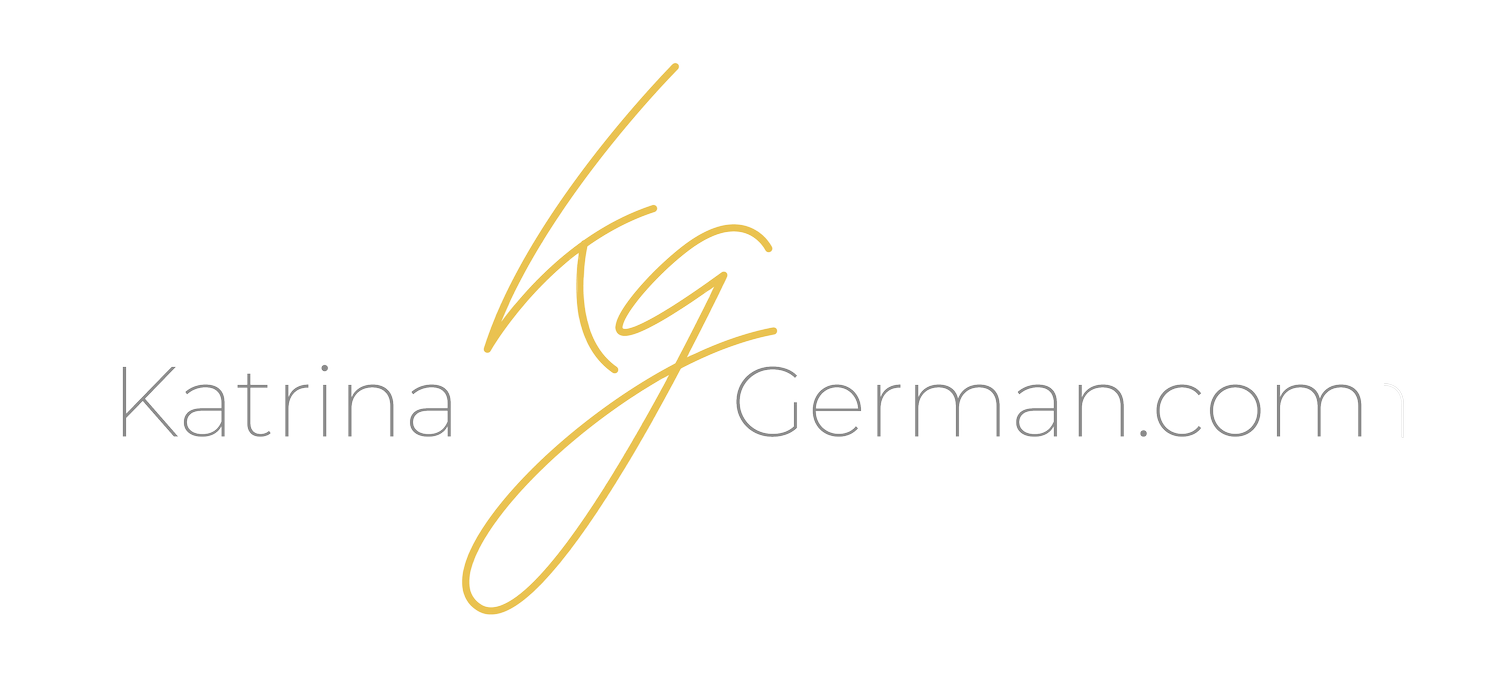Best Video Conferencing Tools for Small Businesses
So, you are stuck at home and want to keep your business moving forward (and maybe even have a virtual glass of wine with your friends). In the last few weeks, I have received a number of questions about which video platform is the best. Although I referenced Zoom in my blog post about the Tech Tools to make It easier for your staff to work from home, there are several other video conferencing platforms that we have used within our business or with our clients (or for a rare chat with friends).
Here are some of the options:
Zoom: Zoom is a great tool for larger parties, and it’s useful for professionals and students to work from home.
Pros:
The standard free version of Zoom allows up to 100 participants
It’s a fairly easy interface to learn and use
Screen sharing and recording calls are available and reliable
Cons:
You will have to upgrade and pay if you want to host more than 100 participants or have calls that last longer than 40 minutes
Based on reviews from participants, the video quality can be unpredictable
Zoom bombing is becoming an issue, with hackers jumping into free calls (*which is being addressed by the company with meeting passwords, waiting room functionality, and more)
Google Hangouts (or the newer version called Google Meets): An efficient platform for Google users to get in touch with smaller parties.
Pros:
On a business subscription, you are allowed up to 25 people for video and 150 people for text
Very intuitive and user-friendly
You can send photos, files, text exchanges, and use fun features
Cons:
Google Hangouts has said to be a bit slow if many people are on the line
If you are not a Gmail account user, some of the functions on this platform are unavailable to you
It isn’t the best for one-to-one calls because it requires you to send over an invitation or a link, and you can’t just call up a friend impromptu
FaceTime: One of the most popularly used apps across Apple devices to chat with loved ones.
Pros:
Calls are encrypted, making them safe, secure, and private
It’s free, easy to use, and it comes built into Apple device
Great for one-to-one calls or Group FaceTime can have up to 32 people in one chat
Cons:
It’s not available cross-platform, so only Apple devices support it
Essentially a phone call with video, so limited conferencing features like screen sharing or recording
Microsoft Teams Video Conference: A valuable tool for those who are familiar with and work within the Microsoft suite.
Pros:
The ability for live captions to detect what’s said in real-time
Reliable screen sharing and recording calls
Users can meet or collaborate on-the-go using Microsoft Teams apps for smartphones and tablets
Cons:
Only allows 4 video windows active on a call
Can be a challenging user interface to get used to, with many channels and components to consider
Only convenient to use in a Microsoft-centric environment
Houseparty: An app that has been around since 2016 and is designed for social chatting among friends.
Pros:
The app is user-friendly and intended for social networking
Up to 8 friends can be in a video chat at once
Fun games to play with each other while video chatting
Cons:
Works better on your mobile device than on a desktop computer
Windows users have to download the Chrome extension to use it on desktop
Although there are solid security filters, the app doesn’t explicitly warn you to use them, which makes it easy to miss or forget to turn on
Discord: Discord was specifically designed for gamers, but it is beginning to gain traction as a video conferencing, voice calling, and group messaging or chat solution for business.
Pros:
Conferences with up to 8 people in the free plan
It’s fun and free, allowing for a lot of creativity and personality expression
Quickly send invites to people and have them join in using the web client without the need to create an account or install the app
Cons:
Since it’s very different from any other video conferencing solutions commonly used in business environments, there’s a slight learning curve
In order to video conference with anyone, you must allow them into the Discord environment
Paid upgrade for additional server capacity and higher live stream quality
GoToMeeting: One of the original video conferencing tools for professionals that can be used across all platforms.
Pros:
There is a free plan available, and signing up is simple
To share and invite others to a meeting, hosts provide a simple link to allow them to join and the app downloads quickly
Users can easily record and later share meetings
Cons:
Users must have a fast, error-free internet connection in order for the platform to work
Free plan is quite basic, and upgrading is suggested to access additional features
It does not work well on older machines—users should have a newer computer or device
Although we have never tried these platforms, for those who need medical-grade confidentiality with their clients, there are some options like OnCall, Doxy, or SimplePractice.
Each platform is great in its own way, but some of them are better than others for particular situations. For professionals hoping to host business calls with their team or clients, Zoom, Google Hangouts, and Microsoft Teams Video Conferencing are the best options, with GoToMeeting up there as a heavier duty paid option. For more casual and intimate video chatting with social features, we’d recommend FaceTime and Houseparty. Falling in between professional and casual, Discord can sway either way.
Of course, this isn’t a comprehensive list of video chatting tools, but it’s some of the most well known and favoured ones right now. Which platform have you been using and why? We’d love to learn about your go-to option!
